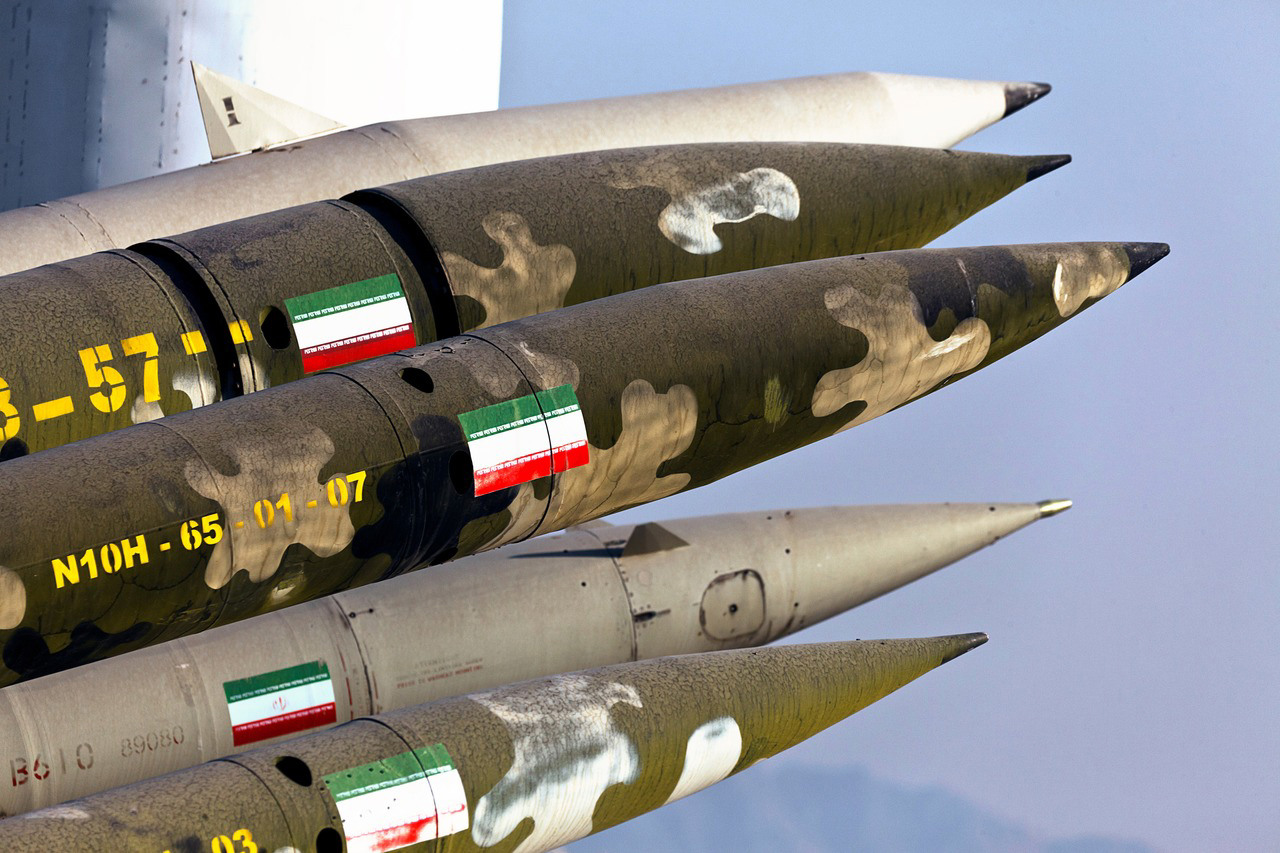MOSCOW, SEPTEMBER 30, 2025. PIR PRESS. “Different forms of international pressure – diplomatic, economic, military, normative, and covert – have had varying impacts on Iran’s decisions regarding its nuclear program during different historical periods. While economic sanctions and multilateral diplomacy have proven effective in changing Iran’s calculations, pressure alone in any of these forms has been insufficient and often led to counterproductive outcomes. Globally coordinated actions have been far more effective than unilateral or regional efforts to curb nuclear proliferation, as they influence Iran’s internal calculations. One notable pattern is initial resistance, which is later followed by quiet acquiescence – a strategic response aimed at balancing external pressure with internal demands for legitimacy,” said Mr. Linus Hoeller, nonproliferation Researcher.
The events of June 2025, when Iran’s nuclear facilities were targeted by Israeli and U.S. attacks, followed by political and diplomatic pressure on Iran from the “E3” (France, Germany, and the United Kingdom), sharply raise questions about the role and capabilities of external actors regarding the development of Iran’s nuclear program.
Today, PIR Center releases the report “Foregone Conclusion? The Interactions Between Global Actions and the Iranian Nuclear Program,” authored by emerging nonproliferation researcher Mr. Linus Hoeller. The report, part of PIR Centre Reports Series (№45), offers an analysis of Iran’s nuclear program history, emphasising five key phases and exploring how international actions influence Iran’s decisions regarding nuclear technologies, particularly within its military context.
The report is based on the author’s master’s thesis, defended at MGIMO University in June 2025.
The analysis examines key phases – from the early days during the Shah’s regime and the influence of the Iran-Iraq War, to the 2003 disclosures of secret nuclear programs and subsequent diplomatic efforts culminating in the 2015 Joint Comprehensive Plan of Action (JCPOA). The findings show that, despite the significant impact of international sanctions and diplomacy, Iran’s decisions regarding its nuclear program are driven by a complex mix of security concerns, economic interests, and political goals.
Special emphasis is placed on how the Iranian leadership balanced nuclear ambitions with external pressures and shifting global norms, often employing ambiguity to maintain influence. The report highlights Tehran’s strategic responses to international events and provides valuable insights for further research in nonproliferation and global diplomacy.
Key Findings:
- The report maps Iran’s nuclear programme from the Shah’s era to today, outlining five key phases and emphasising the strategic choices made at each stage, influenced by both internal factors and external pressures such as international norms, sanctions, and regional security.
- International reactions have notably shaped Tehran’s nuclear policy. Specifically, the aftermath of the Iran-Iraq War and the international nonproliferation regime played key roles. The report details how external influences interacted with Iran’s internal priorities and how diplomatic, military, and economic pressures influenced its nuclear ambitions.
- Close attention is given to Iran’s covert nuclear activities from 1995 to 2005 and their interaction with international efforts to prevent WMD proliferation. The uncovering of secret nuclear sites in 2002 marked a turning point that changed perceptions.
- The JCPOA was a significant diplomatic achievement by global powers to curb Iran’s nuclear ambitions. However, the U.S. withdrawal under President Trump demonstrated how crucial coordinated international efforts are for real nonproliferation results.
- The report also considers internal political dynamics affecting Iran’s nuclear programme, including shifts in leadership priorities and military strategies.
- In conclusion, the report outlines potential pathways for Iran’s nuclear development, weighing scenarios of ongoing negotiations or heightened conflict, with a specific emphasis on how current events might influence the global non-proliferation regime.
Keywords: Iran; Nuclear Nonproliferation; Global Security; IAEA; JCPOA
NPT
E16/SHAH – 25/10/02


